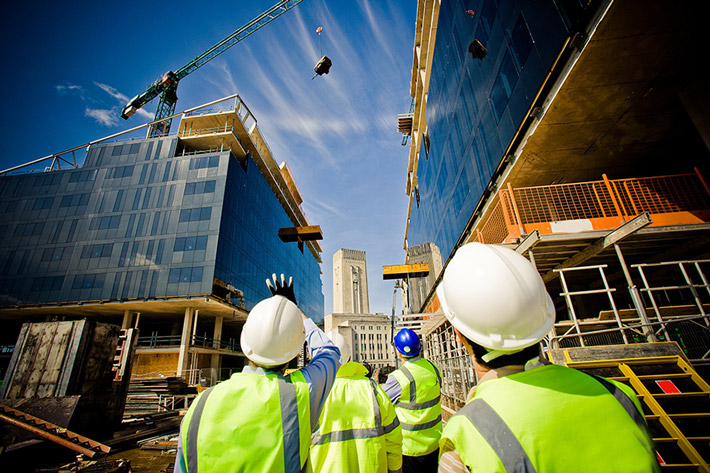High Rise Building Construction: A Technological Revolution
High rise building construction has undergone a remarkable transformation in recent years, driven by technological advancements that have revolutionized the industry. From innovative materials to cutting-edge construction techniques, the landscape of high rise building construction has evolved significantly, offering new possibilities and challenges for construction professionals.
One of the most significant developments in high rise building construction is the use of advanced materials. The introduction of high-strength concrete, ultra-high-performance concrete (UHPC), and fiber-reinforced polymers has enabled engineers and architects to design taller and more resilient structures. These materials offer superior strength, durability, and resistance to environmental factors, making them ideal for high rise construction projects. Additionally, the use of lightweight materials has helped reduce the overall weight of buildings, leading to more efficient construction processes and reduced environmental impact.
In addition to advanced materials, technological innovations have also played a crucial role in enhancing the efficiency and safety of high rise building construction. Building Information Modeling (BIM) software has revolutionized the way building designs are conceptualized, allowing for precise 3D modeling, clash detection, and improved collaboration among project stakeholders. Furthermore, the integration of drones for surveying and monitoring construction sites has provided real-time data and insights, leading to better decision-making and improved safety protocols.
Furthermore, the adoption of prefabrication and modular construction techniques has streamlined the construction process for high rise buildings. Off-site fabrication of building components allows for greater precision, reduced construction time, and minimized on-site labor requirements. This approach not only accelerates the construction timeline but also minimizes disruptions to the surrounding environment, making it an attractive option for urban high rise projects.
Another key aspect of modern high rise building construction is the focus on sustainability and energy efficiency. Green building practices, such as the use of renewable energy sources, energy-efficient systems, and sustainable materials, have become integral to the construction of high rise buildings. The incorporation of smart technologies, such as automated lighting and climate control systems, further contributes to reducing the environmental impact of high rise structures while enhancing occupant comfort and well-being.
However, with these technological advancements come new challenges for high rise building construction. Ensuring the safety and stability of increasingly taller structures requires meticulous planning, rigorous testing, and adherence to strict regulatory standards. Additionally, the integration of complex systems and technologies demands a highly skilled workforce capable of managing and maintaining these advanced building features.
In conclusion, high rise building construction has experienced a technological revolution, transforming the way skyscrapers and tall structures are designed and built. From advanced materials and construction techniques to sustainable practices and smart technologies, the future of high rise building construction holds tremendous promise for creating safer, more efficient, and environmentally conscious urban landscapes. As the industry continues to evolve, embracing these innovations will be essential for meeting the demands of modern urbanization and shaping the skylines of tomorrow.
011-27035313
117-118, 1st Floor, SSG Majesty Mall, Road No.-43, Pitampura, New Delhi- 110034
